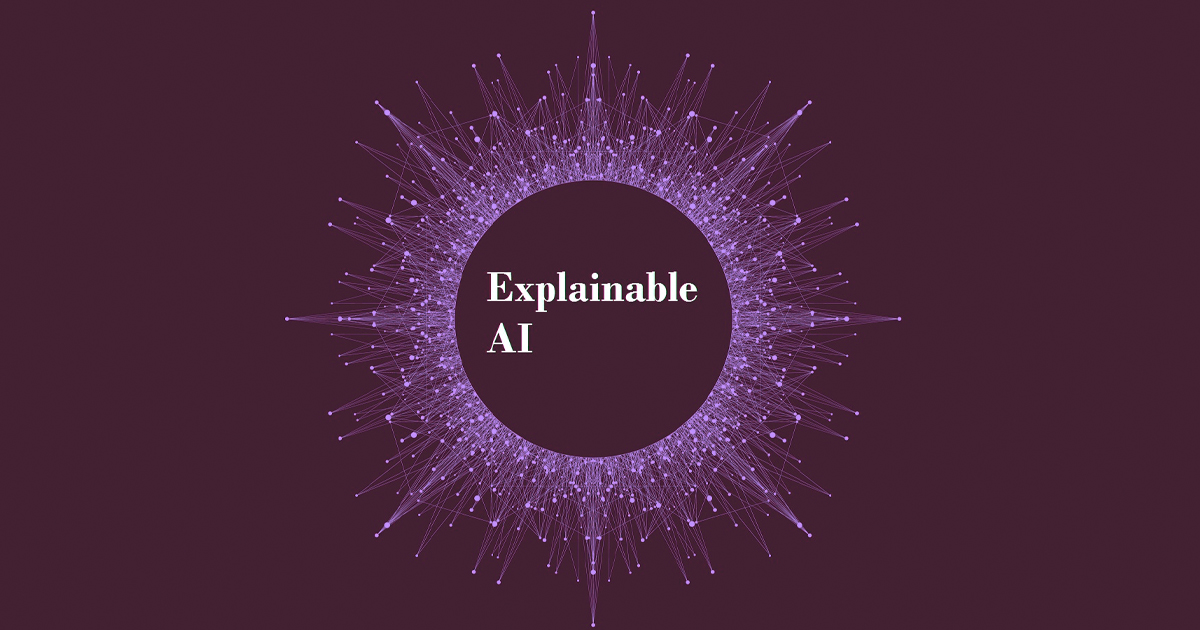Artificial Intelligence (AI) has revolutionized numerous aspects of our lives, from healthcare and finance to transportation and entertainment. However, the rapid growth of AI has raised concerns about the lack of transparency in decision-making processes. The concept of Explainable AI (XAI) has emerged as a promising solution to tackle the “black box” nature of AI models, providing insights into how decisions are made and fostering trust and accountability. In this article, we will delve into the world of Explainable AI, exploring its significance, methodologies, and real-world applications.
Understanding the Need for Explainable AI
AI algorithms often function as complex mathematical models that process vast amounts of data to generate predictions or make decisions. While these models can achieve remarkable accuracy, they often lack the ability to explain how they arrived at a particular outcome. This inherent opaqueness can be problematic, particularly in critical domains such as healthcare, finance, and criminal justice, where accountability and ethical considerations are paramount.
Explainable AI aims to bridge this gap by providing interpretable and understandable explanations for AI-driven decisions. By shedding light on the decision-making process, XAI helps users, experts, and stakeholders comprehend and validate the reasoning behind AI recommendations or actions.
Methods and Techniques of Explainable AI
- Rule-based Systems: One approach to achieving explainability is through rule-based systems. These systems operate on a set of predefined rules or logical statements, making it easier to trace decisions back to specific rules. However, their effectiveness may be limited in complex scenarios that require more flexibility and adaptability.
- Interpretable Machine Learning Models: Another avenue for explainability lies in the development of interpretable machine learning models. These models are designed with transparency in mind, using algorithms that provide insights into feature importance, decision boundaries, and reasoning behind predictions. Techniques such as decision trees, linear models, and rule lists fall into this category.
- Local Explanations: Local explanations focus on explaining individual predictions made by AI models. Techniques like LIME (Local Interpretable Model-Agnostic Explanations) generate simplified and understandable explanations by approximating complex models with simpler ones in the local neighborhood of a specific prediction.
- Model-Agnostic Approaches: Model-agnostic methods aim to explain any AI model, regardless of its underlying architecture. Techniques like SHAP (SHapley Additive exPlanations) employ game theory to assign importance scores to features, providing insights into their contributions to a model’s output.
Applications of Explainable AI
- Healthcare: In the medical field, AI systems can assist in diagnosing diseases, suggesting treatment plans, and predicting patient outcomes. Explainable AI enables healthcare professionals to understand the rationale behind these recommendations, ensuring that decisions align with medical best practices and ethical guidelines.
- Finance: AI plays a significant role in various financial applications, including fraud detection, credit scoring, and investment management. Explainability in finance can help regulators, auditors, and customers understand the factors that influenced a credit decision or flagged a transaction as potentially fraudulent, thereby promoting fairness and accountability.
- Autonomous Vehicles: Self-driving cars rely heavily on AI algorithms to make split-second decisions on the road. Explainable AI can enhance safety and public acceptance by providing insights into why a vehicle made a specific decision, such as braking or changing lanes. This transparency is crucial for building trust between passengers, pedestrians, and autonomous systems.
- Legal and Compliance: AI systems are increasingly being used in legal domains for tasks like contract analysis, legal research, and risk assessment. Explainable AI assists legal professionals in understanding and verifying AI-generated results, ensuring compliance with legal regulations and maintaining ethical standards.
Summary
Explainable AI represents a critical paradigm shift in the development and deployment of AI systems. By striving to enhance transparency and accountability, XAI addresses the concerns surrounding the “black box” nature of AI models. It enables users, experts, and stakeholders to understand and validate the decisions and actions performed by AI systems, fostering trust, ethical usage, and responsible deployment.
Through various methods and techniques, such as rule-based systems, interpretable machine learning models, local explanations, and model-agnostic approaches, Explainable AI offers multiple avenues for achieving transparency. These approaches empower users to explore the decision-making process, understand the impact of different features, and assess the reliability and fairness of AI-generated outcomes.
The applications of Explainable AI span across diverse domains, including healthcare, finance, autonomous vehicles, and legal and compliance sectors. In healthcare, XAI ensures that medical professionals can comprehend and trust AI recommendations, leading to better patient care. In finance, it promotes fairness, accountability, and regulatory compliance. For autonomous vehicles, explainability enhances safety and public acceptance. In the legal domain, it enables legal professionals to verify and interpret AI-generated results, maintaining legal standards and ethical practices.
While Explainable AI has made significant strides, challenges and limitations remain. Striking a balance between explainability and model complexity, managing trade-offs between accuracy and interpretability, and addressing potential biases embedded in AI models are ongoing areas of research and development.
As we continue to embrace the transformative power of AI, the pursuit of Explainable AI becomes increasingly crucial. By embracing transparency and accountability, we can unlock the full potential of AI while ensuring that its deployment aligns with ethical, legal, and societal expectations. The development of Explainable AI is not only a technological imperative but also a social responsibility, enabling us to embrace AI as a tool that augments human decision-making, rather than a mysterious black box.
